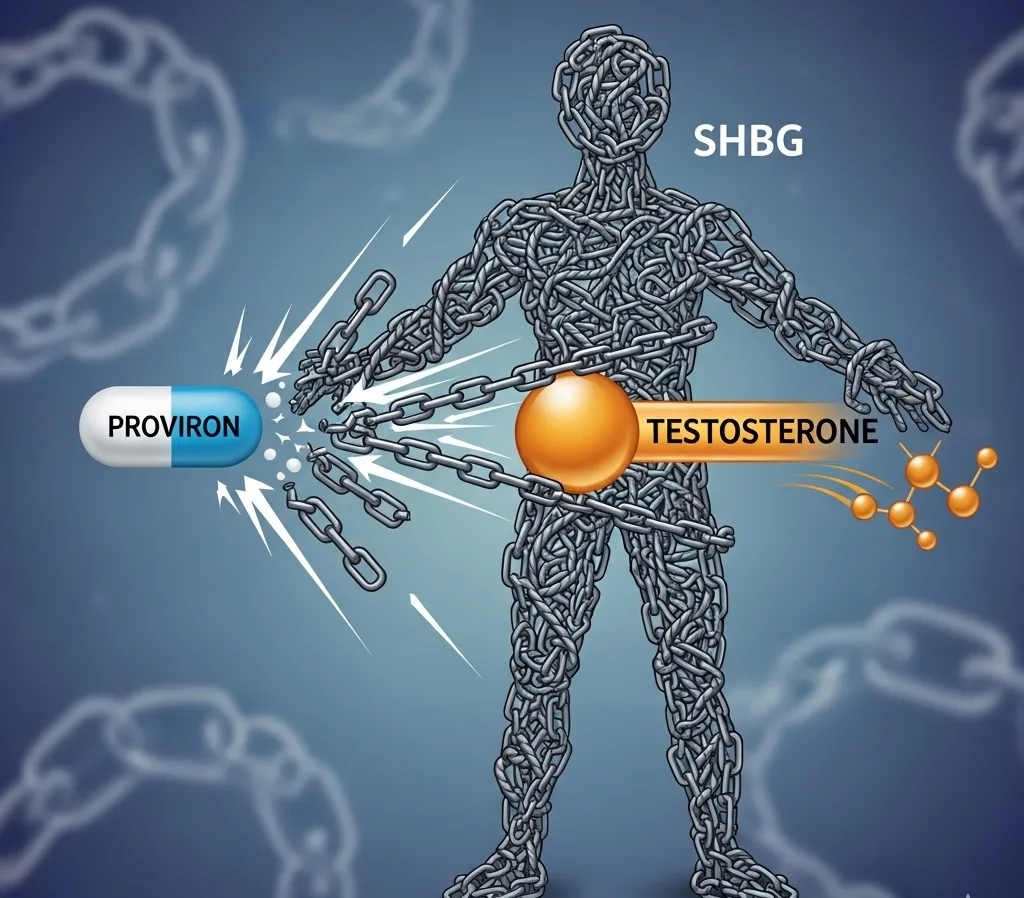Proviron, also known by its chemical name Mesterolone, is an oral anabolic-androgenic steroid (AAS) with a unique profile that sets it apart from many other commonly used steroids. Developed in Germany in 1934, Proviron was initially prescribed for treating low libido and psychological issues stemming from androgen deficiency, rather than for muscle building. Unlike most oral steroids, it is not 17-alpha-alkylated, meaning it generally poses less stress on the liver compared to its counterparts. However, its primary role isn't to build significant muscle mass, but rather to act as a "wingman" for other steroids, enhancing their effects while potentially mitigating some estrogenic side effects.
What is Proviron and How Does It Work?
Proviron is a derivative of dihydrotestosterone (DHT) and has a relatively short half-life of around 12 hours. While it is technically an anabolic steroid, its anabolic properties are very weak due to its rapid inactivation by 3-hydroxysteroid dehydrogenase in skeletal muscle. This means it doesn't contribute significantly to muscle growth on its own.
Its main mechanisms of action that make it attractive to bodybuilders are:
Anti-Estrogenic Properties: Proviron has a high binding affinity for the aromatase enzyme, which is responsible for converting androgens into estrogen. By binding to aromatase, it can reduce the amount of available enzyme to convert other steroids into estrogen, thereby potentially reducing estrogenic side effects like gynecomastia and water retention.
Increased Free Testosterone: Proviron has a high binding affinity to Sex Hormone Binding Globulin (SHBG). SHBG is a protein that binds to testosterone and other anabolic steroids, making them inactive. By binding to SHBG, Proviron effectively "frees up" more testosterone and other anabolic steroids, increasing their bioavailability and enhancing their effects. This can lead to a harder, more defined look, especially during cutting cycles.
Enhanced Androgenicity of Other Steroids: By reducing estrogen and increasing free testosterone, Proviron can enhance the overall androgenic effects of other steroids used in a stack, contributing to a more pronounced "hard" look.
Proviron in Bodybuilding Cycles
Bodybuilders often incorporate Proviron into their cutting cycles, especially when stacking with other steroids. It's used to achieve a synergistic effect, aiming for a drier, more vascular physique. Some also use it during Post Cycle Therapy (PCT) due to its perceived ability to increase gonadotropins, which are hormones that stimulate natural testosterone production, without significantly downregulating the Hypothalamic-Pituitary-Gonadal Axis (HPGA).
The Risks and Side Effects
Despite its perceived benefits, Proviron comes with significant risks and side effects, making it a controversial choice:
Androgenic Side Effects: As a DHT derivative, Proviron can cause androgenic side effects, including:
-Acne
-Accelerated male pattern baldness in predisposed individuals
-Increased body hair growth
Given these effects, it is generally not recommended for women.
Cardiovascular Risk: This is perhaps the most significant concern. Proviron is known to negatively impact cholesterol levels by increasing LDL (bad cholesterol) and decreasing HDL (good cholesterol). This can lead to an increased risk of cardiovascular disease, which is a major health concern. For this reason, it is strongly discouraged as a Testosterone Replacement Therapy (TRT).
Liver Side Effects: While not 17-alpha-alkylated and generally considered less liver toxic than other oral steroids, there is still a potential for liver stress. The need to take it multiple times a day (due to its short half-life) can compound this potential stress.
Impact on Natural Hormone Production: While some believe it helps in PCT by increasing gonadotropins, the overall impact on the HPGA is complex and can still suppress natural testosterone production to some extent.
Conclusion: Is Proviron Worth It?
Proviron serves a unique niche in the world of performance-enhancing drugs, primarily as an ancillary compound to enhance the effects of other steroids and manage estrogenic side effects. However, its weak anabolic nature, combined with significant androgenic and, most critically, cardiovascular risks, makes its use highly questionable. The long-term health implications, particularly concerning cholesterol and heart health, far outweigh any temporary aesthetic or performance benefits for most individuals. As always, the pursuit of a superior physique should never come at the cost of one's health.

